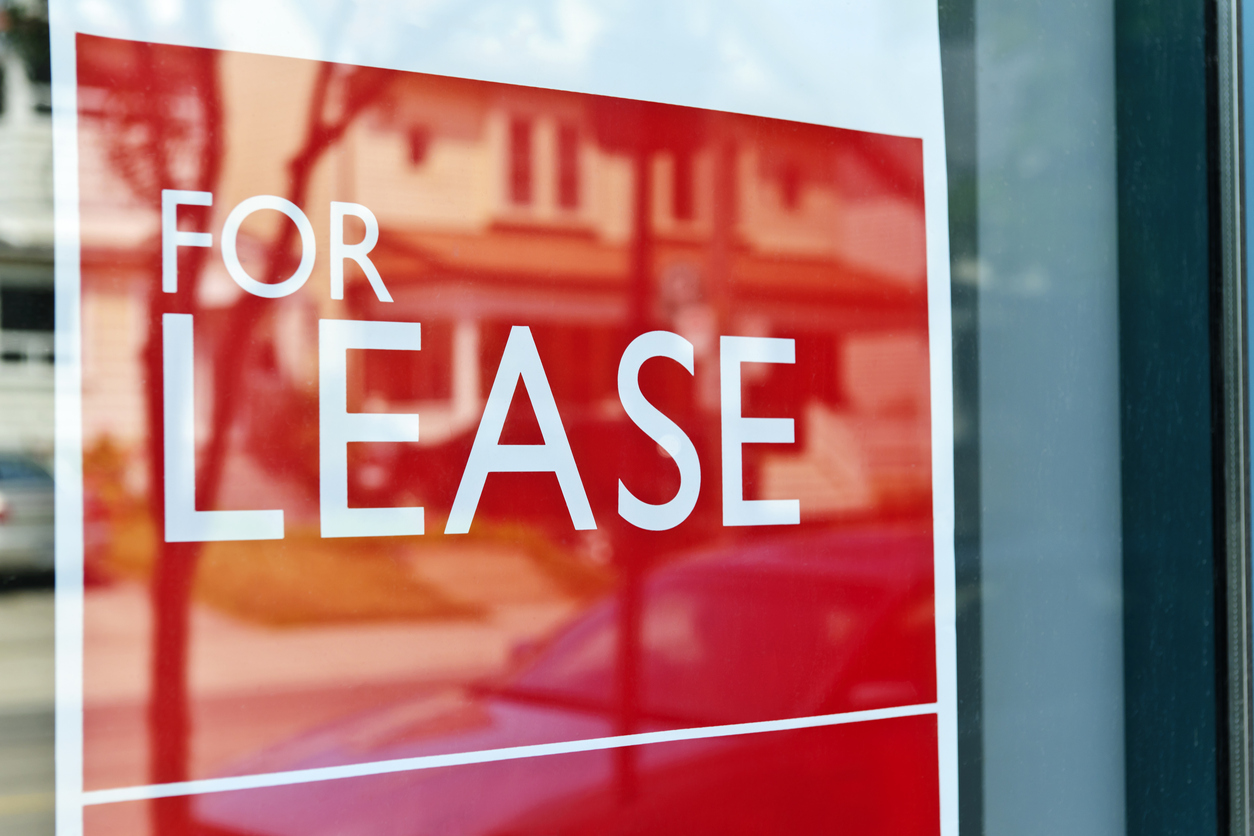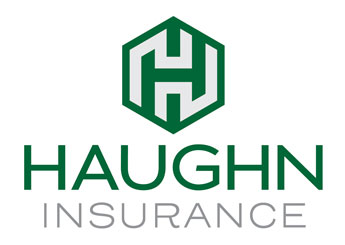
Any commercial investor can attest to the pace and frequency of market fluctuations. Neighborhoods can be revitalized overnight, sending rents through the roof — and an area can decline in value just as quickly. Sometimes, when a property is rented at a rate considerably below market value, it is considered a loss to lease. If you’re wondering how to calculate loss to lease — and how to protect your investments against it — read this quick guide.
Understanding Loss to Lease
Loss to lease simply means that there is a disadvantageous disparity between a property’s lease rate and its market rate. It should be clarified that no actual cash loss is implied by the term. The loss exists purely on paper as the lessor of a property receives less than the property is actually worth per comparable market rates. This can happen because of a market that quickly changes, a lack of qualified lessees, or many other potential causes.
Significance to Investors
If you are seeking investors for a commercial property, and it has been indicated as a loss to lease, there are a few things that potential investors will likely look at. In some cases, they may see this as a positive because it indicates that there will be an opportunity to raise rents in the future. Loss to lease is usually indicative of a quickly growing market, which is an attractive feature for any savvy real estate investor. Conversely, loss to lease can sometimes be symptomatic of a lessor who is inattentive and neglects to maintain market pricing, which is a drawback for many investors.
How to Calculate Loss to Lease
If you suspect that your property may be a case of loss to lease, or if you’re curious about how such a determination is made, you will need to conduct a simple calculation. Calculating loss to lease begins with identifying the gross annual income a property represents — for example, a complex of 20 units which each rent for $1,000 a month would represent $240,000 in annual income. You must then calculate the annual income generated by comparable properties — for example, a complex across the street that also features 20 units, but rents them at $1,200 a month, thus generating $288,000. The first property’s loss to lease would be the difference — $48,000.
Closing the Gap
Any commercial property manager who realizes their property is a loss to lease will, of course, try to close the gap between their property’s income and projected market income. This can be done by raising rent, but doing so comes with risks. You can proactively prevent yourself from a loss to lease situation by investing in property insurance that features a rental loss policy. Don’t wait for an unpredictable market to put you in a bad situation when you can protect your investments with insurance.
About Haughn & Associates
Founded by Michael Haughn in 1986, Haughn & Associates is a full-service, family-owned, independent insurance agency based out of Dublin, Ohio. H&A strives to provide the best possible price and unique insurance solutions across a myriad of industries, including construction, IT, Habitation & Commercial Property, Agriculture, and Engineering. Devoted to providing the best of business insurance, life and disability insurance, personal insurance, employee benefits, and bonds, H&A is proof that success lies in long-standing client relations and satisfaction. To learn more about how H&A can be of service to you, contact us at (877) 802-2278.

